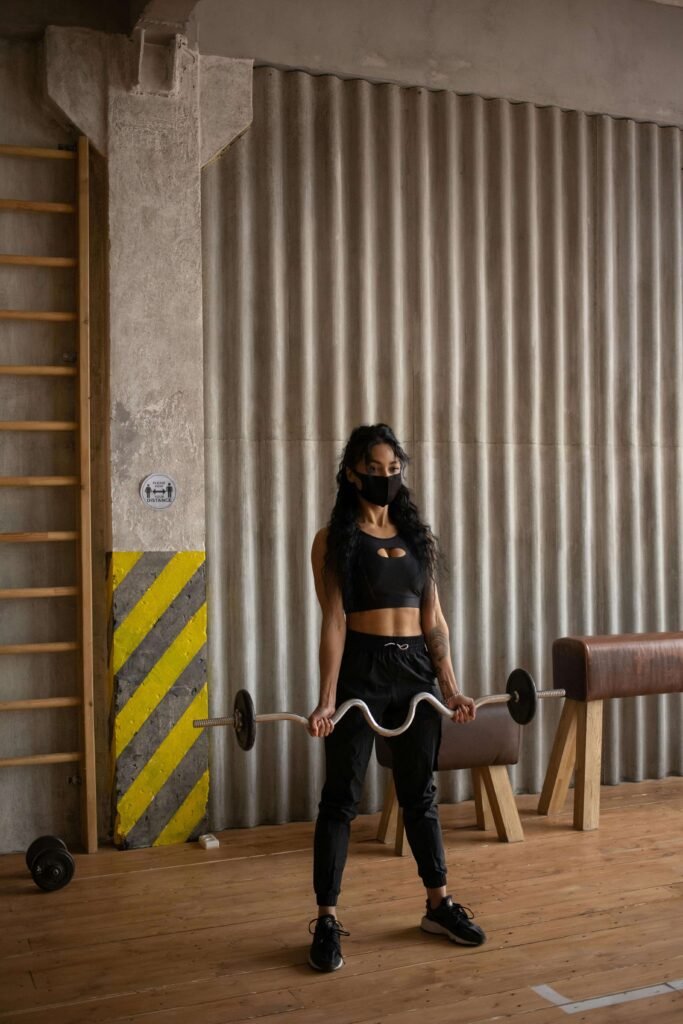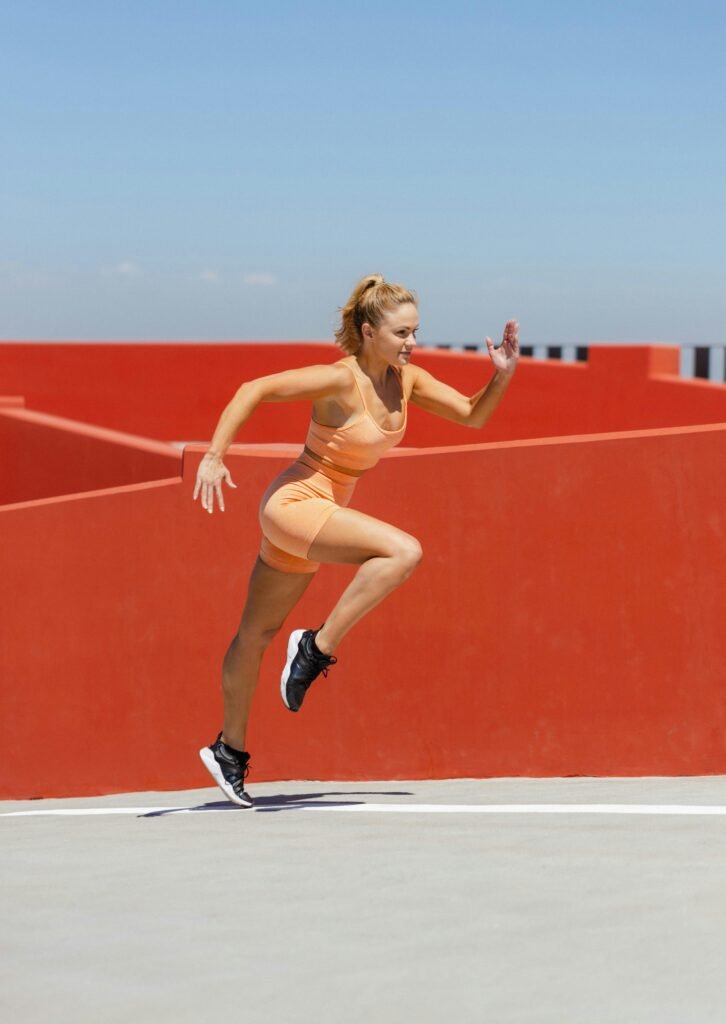People who want to start going to the gym may be wondering how long a workout should be. Well the answer depends on your personal goals and how optimized your workouts are.

According to the expert, Natalya Vasquez, a certified personal trainer, health coach, and founder of Bridal Bootcamp San Diego. In the realm of fitness, Vasquez emphasizes the rising trend of “workout snacks,” short sessions lasting between 10 to 15 minutes. She advocates that even with time constraints, incorporating brief workouts can align with fitness goals and enhance well-being. Thus, the length of time for your workout could vary based on your goals.
Contents
Factors Influencing Workout Duration:
Various factors contribute to determining the ideal workout duration. These factors vary from one individual to another. These include the type of exercise, individual proficiency, and mindset.
For example, X wants to lose weight through doing some cardio. Although running may be significantly more efficient at burning calories, X may feel extremely hungry after exerting herself after a run. She may end up overeating or feeling sluggish for the following workout, making a walking routine more feasible. Thus, it is important to establish a workout routine catered to yourself that works.
Goals should guide the decision-making process, more exercise doesn’t necessarily equate to better results. The duration of a workout hinges on factors such as ability, existing injuries, time constraints, and specific fitness objectives.
General Rule for Workout Duration:
Contrary to many peoples’ thoughts that there is a one-size-fits-all approach, this is often not true. It is advises individuals to consider their goals and time limitations when deciding workout duration.
Moreover, when excercising an individual pushing to failure will affect workout duration and growth. For example, A and B lift weights together wanting to gain strength. If individual A lifts the heaviest weight she can lift and is completely fatigued after only 30 minutes while B lifts a light weight for an hour and doesn’t feel exerted. Who do you think will get stronger faster?
Acknowledging that more exercise isn’t always better, the importance of tailoring workouts to individual needs is far more important, allowing for flexibility in timing based on conditioning and skills. Moreover, this will allow individuals to stay consistent and see more results overtime.
Tailoring Workout Duration to Fitness Level:
Newcomers to exercise should start with shorter workouts, gradually progressing from 20 to 30 minutes. Individuals starting out should work on both form and focus. This will allow them to focus more and thus exert themselves within the workout duration as a beginning, eventually seeing results faster.
As fitness and skills improve, individuals can extend workout durations to 30 to 60 minutes if their schedules permit. Individuals mental engagement can affect their willingness to push themselves. Thus, the key is to listen to both body and mind, avoiding extended sessions that compromise form and mental engagement.

Workout Durations
Weightlifting Duration:
For weightlifting, the workout’s length should be sufficient to train target muscles. To do so, workout form is crucial as it allows for the focus of the excercise to hit the intended muscles in order to see better results.
The focus is on total volume (reps x sets x weight) rather than a specific time frame. Tailoring the workout to specific muscle groups and adjusting intensity based on individual schedules is crucial. For instance, individuals may want to consider low intensity high reps vs high intensity low reps based on preferences.
Cardio Duration:
Cardio workouts ideally involve a minimum of 150 minutes of moderate-intensity or 75 minutes of high-intensity activity per week, according to the American Heart Association. It is recommended to align your cardio workout length with individual goals, whether for general heart health or specific objectives like running a marathon or weight loss.
Bodyweight Duration:
Bodyweight workouts,also known as Calisthenics, which relies on the body’s mass, can be highly effective in as little as 20 minutes. The duration depends on individual goals, schedule constraints, and effective exercise programming.
Yoga or Pilates Duration:
Yoga and Pilates sessions can range from 20 to 60 minutes, catering to different modalities and goals. Whether aiming for stress relief or improved strength and flexibility, the duration can be adjusted accordingly.

Rest Between Workouts:
Rest days between workouts vary based on exercise type and muscle groups engaged. It is recommended at least one rest day per week for proper muscle recovery. For those new to fitness, more rest days may be necessary initially. Building muscle requires one to two days of rest between workouts targeting the same muscle group for optimal recovery and growth.
In essence, the duration of a workout is a personalized choice, shaped by individual goals, fitness levels, and lifestyle factors. Natalya Vasquez’s expertise underscores the importance of tailoring exercise regimens to meet specific needs, fostering a balanced and sustainable approach to fitness.


